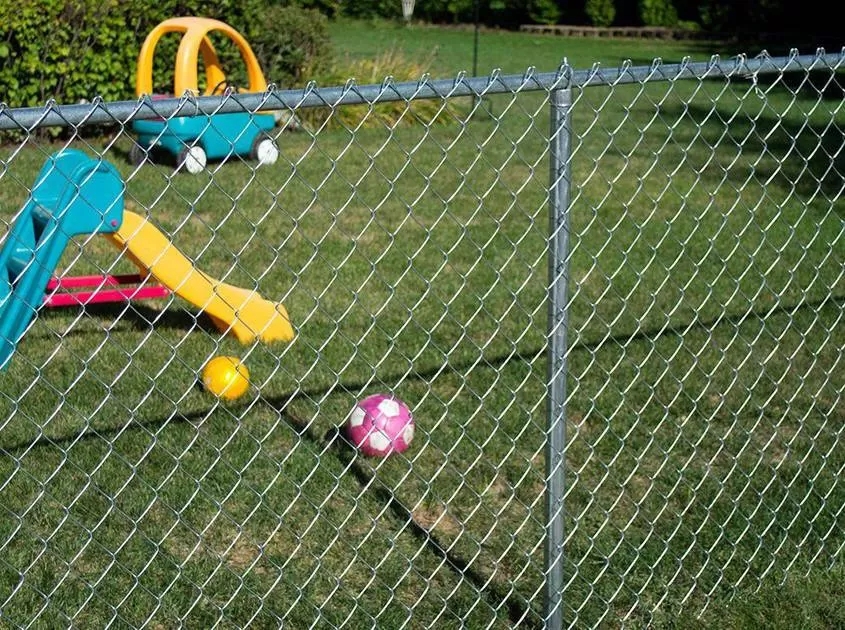
- Mobile Phone
- +8613931874955
- sales@cntcmetal.com
ties for brickwork
Ties for Brickwork An Essential Guide
In the realm of masonry, particularly when dealing with brickwork, ties play a crucial role in ensuring stability and durability. Ties are structural components used to bond different elements of a structure together. They provide structural integrity and prevent separation, movement, or instability in walls, making them an essential consideration for both builders and architects.
What are Ties in Brickwork?
Ties in brickwork are typically made from metal, although some applications might use other materials such as plastic or fiber-reinforced polymers. They can come in various forms, including wall ties, brick ties, and restraint ties. These components are designed to connect brick walls to backing walls or other structural elements, ensuring that the overall building maintains its intended shape and strength.
Types of Ties
1. Wall Ties These are used to connect two leaves of a cavity wall, providing lateral stability. A cavity wall consists of two layers of masonry with a gap (the cavity) between them. Wall ties ensure that rain and moisture do not penetrate through the wall while maintaining structural integrity.
2. Restraint Ties These are installed to secure walls to vertical surfaces such as columns or beams. Restraint ties prevent the wall from collapsing or moving away from the structural framework of the building.
ties for brickwork

3. Brick Ties Used in single-leaf walls, brick ties create a connection between the masonry and the wall or any other structural component it is adjacent to. They are critical for ensuring that the external brick façade remains attached to the inner wall.
Importance of Proper Installation
The effectiveness of ties in brickwork hinges on their proper installation. Adequate spacing and the correct type of tie are necessary to accommodate the specific needs of the construction. Improperly installed ties can lead to various issues, such as cracking, bowing, or even complete wall failure. Therefore, following building codes and guidelines, such as those specified in the British Standards (BS), is essential.
Maintenance and Inspection
Regular maintenance and inspection of ties are vital for the longevity of a structure. Over time, ties can corrode, especially if made from metal, or become damaged due to environmental conditions. Inspections should focus on signs of rust, bending, or failure of ties. Any identified issues should be addressed promptly to avoid more significant structural problems.
Conclusion
In summary, ties are indispensable for the stability and longevity of brickwork in construction. They serve as the connective tissue that binds the various elements of a structure, providing both functional and aesthetic support. Understanding the types of ties, ensuring their proper installation, and conducting regular maintenance inspections are all necessary practices for anyone involved in masonry. By prioritizing these aspects, builders and architects can contribute to safer, more durable buildings constructed of brick.
share:
-
Yard Sign Stakes: Reliable Guardians of Outdoor SignsNewsAug.04,2025
-
Wall Ties: Invisible Guardians of Building StabilityNewsAug.04,2025
-
Resilient Web: The Super Guardian Power of Concrete MeshNewsAug.04,2025
-
Masonry Accessories: A versatile assistant on building foundationsNewsAug.04,2025
-
Iron Binding Wire: the 'invisible reinforcement specialist' in the fields of architecture and industryNewsAug.04,2025
-
Dynamic Spring: The diverse functions and excellent performance of Wire Tension SpringNewsAug.04,2025
-
Your Source for Concrete Wall Ties and Masonry AccessoriesNewsJul.10,2025



















